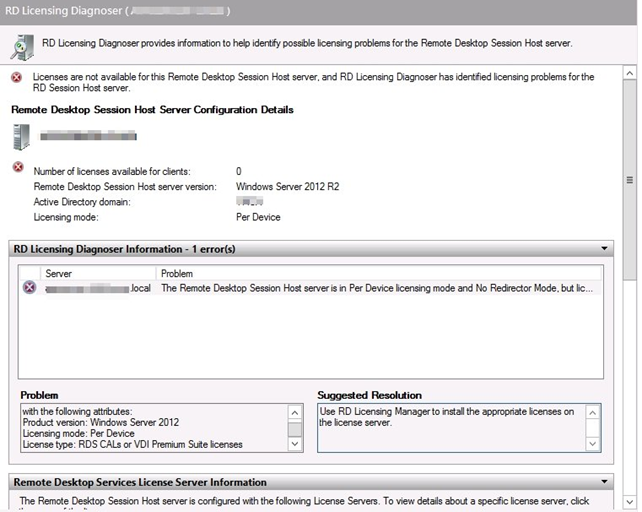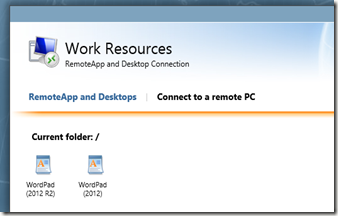

+ FullyQualifiedErrorId : CannotConnect,PSSessionOpenFailed + $M3PSession = New-PSSession -ConfigurationName Service, run the following command on the destination to analyze and configure the On the destination, most commonly IIS or WinRM. Consult the logs and documentation for the WS-Management service running Verify that the service on the destination is running and is accepting

The exact error I got was: New-PSSession : Connecting to remote server localhost failed with theįollowing error message : The client cannot connect to the destination specified in I was trying to use New-RDSessionDeployment against a remote Server 2012 R2 instance, from a Win10 or Win8 client. I tried all of the suggestions above with no success. I sat MaxFieldLength to DEC value 40000 and MaxRequestBytes to DEC value 32768 and rebooted the server. If the keys does not exists you can create them, be sure to use the DWORD type. The solution was to increase the MaxFieldLength and MaxRequestBytes keys in the registry under HKEY_LOCAL_MACHINE\SYSTEM\CurrentControlSet\services\HTTP\Parameters Many security groups or in my case because of the SidHistory attribute.

The reason for authentication packets getting too big can be because the user is member of very For more information, see the about_Remote_Troubleshooting Help toĪfter a bit of troubleshooting I discovered that the problem was that the authentication packets was to big (over 16k), this will cause WinRM to reject the request. It cannot determine the content type of the HTTP response from the destination computĮr. I tried to set up powershell remoting on a server and kept getting this error: Enter-PSSession : Connecting to remote server failed with the following error message : The WinRM client cann I found another possible reason, this solution worked for me:


 0 kommentar(er)
0 kommentar(er)
